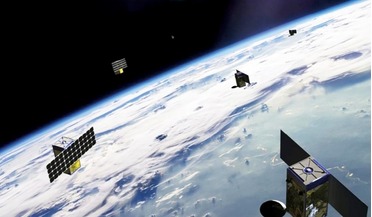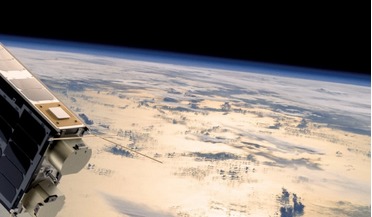 September 2017
Call for Australia to head back into space
September 2017
Call for Australia to head back into space
... facilities. Australia’s role Australia not only has the geography, stability and knowledge to manufacture and launch small satellites from its own soil but has existing commercial and research enterprises actively involved in key areas...
 April 2019
The changing economics of space
April 2019
The changing economics of space
... provide global coverage via a large, or mega-constellation, of closely connected small satellites using inter-satellite links to adaptively route traffic, starting and ending with very small terminals at each end. This eliminates the need for the...
 November 2019
Mexico’s path to space
November 2019
Mexico’s path to space
... than 50 research and development projects from universities and private companies in different research areas, ranging from small satellite development to the use of space imagery for the detection of tropical diseases. The fund has proven...
 January 2020
Satellite-based IoT - the race is on
January 2020
Satellite-based IoT - the race is on
... survive, and the race to success is on Some of the recent technological advances and reasons for the success of small satellites are also contributing to the issue of radio interference. Smaller antennas for example have big upsides, including...
 February 2020
Preserving our space heritage
February 2020
Preserving our space heritage
... the implementation of this concept, the technical capabilities needed to build and launch small inspector satellites continue to advance. Extremely capable small satellite missions with video imaging systems now exist and, perhaps more importantly...
 April 2020
European spaceports compete for recognition and business
April 2020
European spaceports compete for recognition and business
... Galactic & Blue Origin) has so far taken about 15-19 years and required $500 million+ of investment Development of orbital small satellite launchers (Rocket Labs) has so far taken about 11 years and required about $120 million of investment. CST...